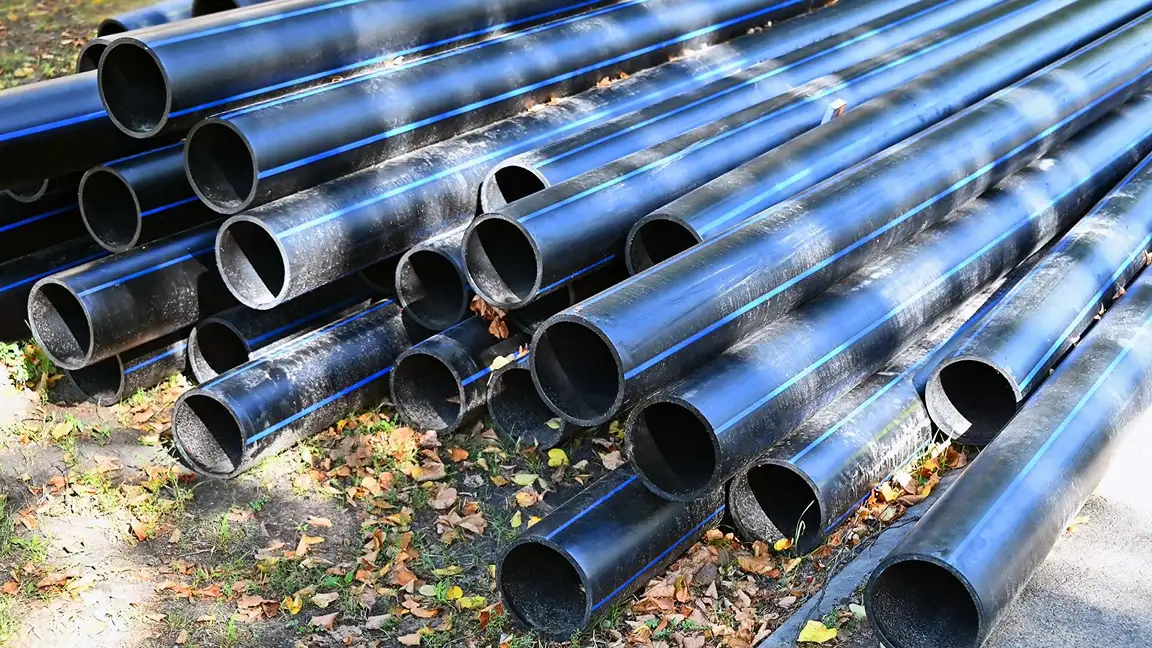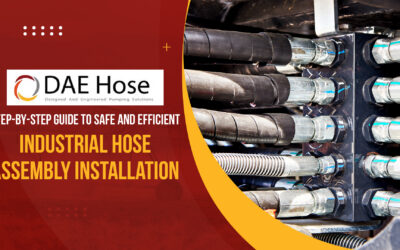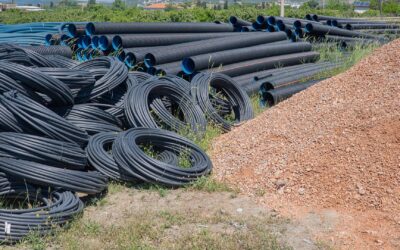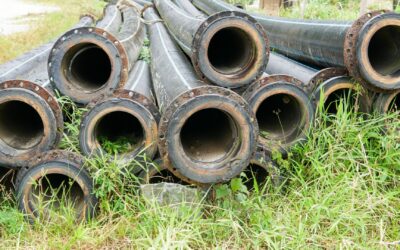Introduction
High-Density Polyethylene (HDPE) pipes play a vital role in modern infrastructure projects. Known for their durability, corrosion resistance, and flexibility, HDPE pipes are widely used in water supply systems, gas lines, sewage networks, and irrigation. Despite their advantages, the cost of HDPE pipes is a key consideration for engineers, contractors, and planners across industries.
HDPE pipe costs vary significantly due to multiple factors, including raw material quality, pipe size, production standards, and regional market dynamics. Understanding what influences pricing is essential for accurate budgeting and smart procurement decisions.
One of the biggest influencers is the type of resin used, especially since HDPE is derived from petroleum-based compounds. Additionally, installation methods, transportation logistics, and the pipe’s wall thickness all affect the final pricing. Beyond the product itself, external factors like oil price fluctuations, local labor costs, and demand spikes during peak construction seasons also impact HDPE pipe prices.
The challenge for buyers isn’t just finding the cheapest option, but identifying high-quality pipes that offer long-term value. Investing in the right product up front can help reduce maintenance costs and system failures later on.
This guide breaks down the critical factors that shape the cost of HDPE pipes, helping you understand how pricing works and what you can do to optimize your investment. Whether you’re sourcing for a small farm or a large utility project, this information will support more confident and cost-effective decisions.
1. Material Grade and Resin Quality
The core component of every HDPE pipe is the polyethylene resin used in its manufacturing. The type, grade, and purity of this resin directly influence the pipe’s performance, durability, and most importantly, the cost of HDPE pipe. Since resin makes up the majority of the pipe’s composition, it remains one of the most critical factors affecting pricing.
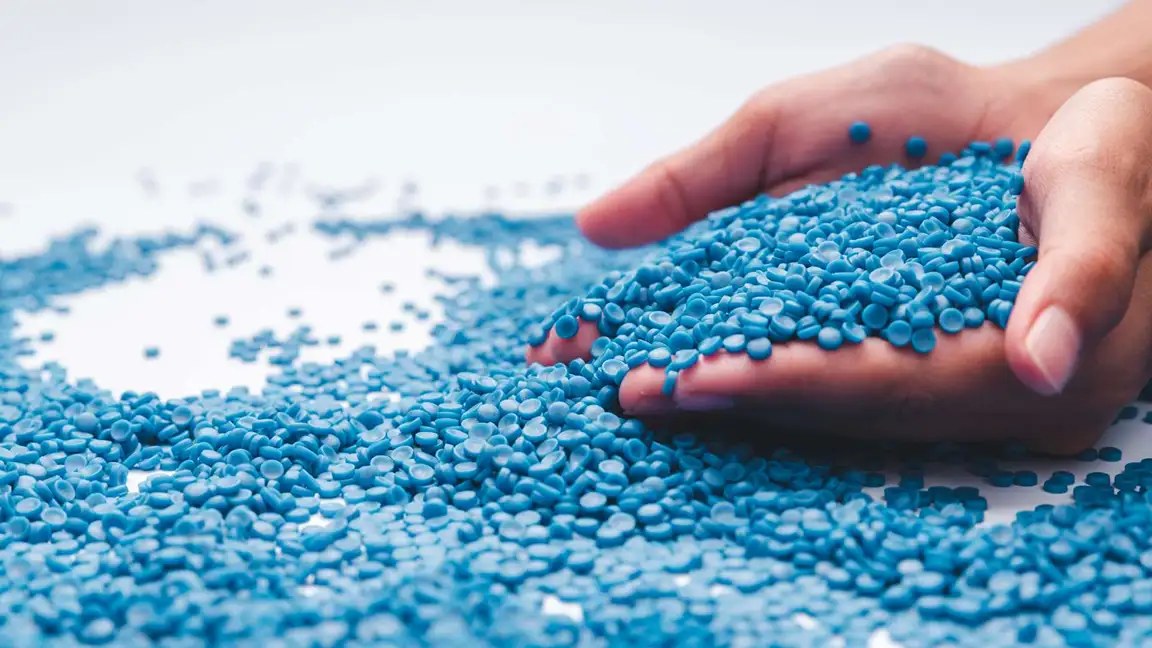
Types of Resin and Their Pricing Impact
HDPE pipes are typically produced using three common grades of polyethylene, each with unique characteristics:
- PE63 – A lower-strength resin best suited for non-pressure or light-duty applications. While it reduces the cost of HDPE pipes, it may not be ideal for long-term or high-pressure systems.
- PE80 – A medium-strength resin widely used in municipal water and sewage systems. It offers a balanced compromise between performance and price, making it a popular choice.
- PE100 – A high-density, high-strength resin capable of withstanding higher pressures and providing a longer service life. This premium-grade material raises the initial HDPE pipe prices, but its durability often results in lower maintenance costs over time.
Selecting the right resin type depends on your project’s pressure rating, environmental conditions, and lifespan expectations. While PE100 adds to the cost of HDPE pipe, its long-term benefits often outweigh the upfront expense.
Virgin vs. Recycled Resin
The type of resin used has a direct impact on the quality and overall cost of HDPE pipes. Virgin resin offers consistent performance and strength, making it ideal for critical uses like potable water systems. Recycled resin lowers the overall cost and is suitable for non-critical or temporary applications, but it may reduce durability and reliability.
2. Pipe Diameter and Wall Thickness
The diameter and wall thickness of a pipe are directly linked to the material volume used, and thus significantly influence both the cost of HDPE pipes and HDPE pipe prices in the market.
Diameter Influence
HDPE pipes come in sizes ranging from small 20mm diameters to massive 1600mm diameters. Larger pipes use significantly more resin and require advanced manufacturing equipment, resulting in a higher cost of HDPE pipes.
For instance:
- A 75mm pipe may cost around $1.50 per meter.
- A 500mm pipe could cost over $15 per meter.
This size variation leads to major fluctuations in the cost of HDPE pipe, especially when ordered in bulk for large-scale projects.
Wall Thickness and SDR Ratings
HDPE pipes are classified by their SDR (Standard Dimension Ratio), which defines the relationship between the pipe’s diameter and wall thickness. A lower SDR (e.g., SDR 11) indicates a thicker wall, allowing the pipe to withstand higher pressure, but this also increases the cost of HDPE pipes. In contrast, higher SDR values (e.g., SDR 26) have thinner walls and are more affordable, making them suitable for low-pressure applications.
Choosing the right SDR rating is essential to meet system requirements while managing the overall cost of HDPE pipes per meter.
3. Pipe Length and Customization
Customization plays a significant role in determining the cost of HDPE pipes. Adjustments in length, wall thickness, color coding, or factory-installed fittings often lead to higher production complexity and extended lead times, ultimately increasing the cost of HDPE pipes. While customization offers flexibility and functional advantages, it typically comes at a premium.
Standard vs. Custom Lengths
Standard HDPE pipe lengths—commonly available in 6, 12, or 20 meters—are cost-effective to produce due to mass manufacturing efficiencies. These standard sizes help maintain a lower cost across most projects. However, when installations require unique pipe lengths to reduce jointing or to fit specific layouts, manufacturers must recalibrate equipment or create smaller production runs, which increases both material waste and unit costs.
In many large-scale irrigation or telecom projects, long coils of 100 meters or more are used to minimize joints and speed up installation. While these extended lengths are convenient, they require more material handling and specialized transport, which adds to the overall cost.
Additional Customizations
Customized HDPE pipes may also include:
- Colored stripes for easy service identification (e.g., blue for potable water, yellow for gas, green for sewage)
- Pre-installed flanges or couplings for faster onsite connections
- Non-standard wall thicknesses to meet specific pressure or environmental requirements
These features are beneficial for functionality and project-specific needs but increase production complexity and cost. As a result, the more tailored a product is, the higher the cost of HDPE pipe, with noticeable variations between standard stock and fully customized orders.
4. Manufacturing and Production Techniques
Modern production facilities that implement quality control and automation usually deliver better-performing products, but often increase the cost of HDPE pipes due to higher overheads and quality standards. The choice of manufacturing process is a key determinant of pricing.

Advanced Manufacturing Benefits
- Extrusion with computerized controls ensures consistent wall thickness, directly influencing the performance and cost of HDPE pipe.
- In-line testing for cracks or imperfections adds to the production cost but ensures superior quality and fewer defects in the field.
ISO and ASTM Standards
Pipes that comply with international standards such as ISO 4427, ASTM D3035, or BIS IS 4984 command higher HDPE pipe prices. These pipes go through rigorous testing, including:
- Hydrostatic pressure testing
- Dimensional accuracy checks
- Environmental stress crack resistance
All these factors push up the cost of HDPE pipes, but they ensure reliability, especially in regulated industries such as potable water or natural gas distribution.
5. Installation and Transportation Costs
The cost of HDPE pipes is only one part of the total cost of implementation. Installation and transportation are equally important contributors to the overall project cost and influence the perceived value of the pipes.
Installation Techniques and Costs
- Trenchless technology, such as horizontal directional drilling (HDD), is ideal for urban areas but requires specialized machinery and trained operators, increasing the total cost of HDPE pipe systems.
- Open-trench installations are cheaper but not always feasible due to environmental or traffic constraints.
The flexibility of HDPE pipes allows for quicker installation with fewer fittings, often reducing labor costs. However, these savings can be offset by a higher cost of HDPE pipes when thicker walls or reinforced designs are required.
Transportation Considerations
Despite being lightweight compared to concrete or metal pipes, large-diameter HDPE pipes can be cumbersome to transport. Factors like:
- Loading and unloading costs
- Storage requirements
- Remote site delivery
These factors should all be considered when evaluating the full cost of HDPE pipes, as they directly influence overall project expenses.
6. Market Demand and Raw Material Prices
Global economic conditions and regional demand heavily influence the cost of HDPE pipes. Because polyethylene is derived from crude oil, any fluctuation in oil prices directly impacts HDPE pipe prices.
Resin Cost Volatility
Polyethylene resin cost can fluctuate by 10–30% annually based on:
- Crude oil prices
- Petrochemical plant output
- Regional resin shortages or oversupply
This volatility makes pricing unpredictable and complicates long-term project budgeting. Locking in rates with suppliers or purchasing in bulk when resin costs are low can help stabilize the cost of HDPE pipes for large-scale projects.
Demand-Driven Pricing
During construction booms or irrigation season peaks, HDPE pipe manufacturers often increase prices due to higher demand. Planning purchases during off-peak times can significantly reduce both the cost of HDPE pipe and overall project expenses.
7. Regulatory Standards and Certifications
Compliance with regulatory standards is essential for ensuring the safety, reliability, and longevity of HDPE piping systems. However, meeting these standards can increase the cost of HDPE pipes due to additional testing, third-party audits, and documentation requirements. Pipes intended for municipal infrastructure, industrial use, or international export must often adhere to strict specifications, which directly impact HDPE pipe prices.
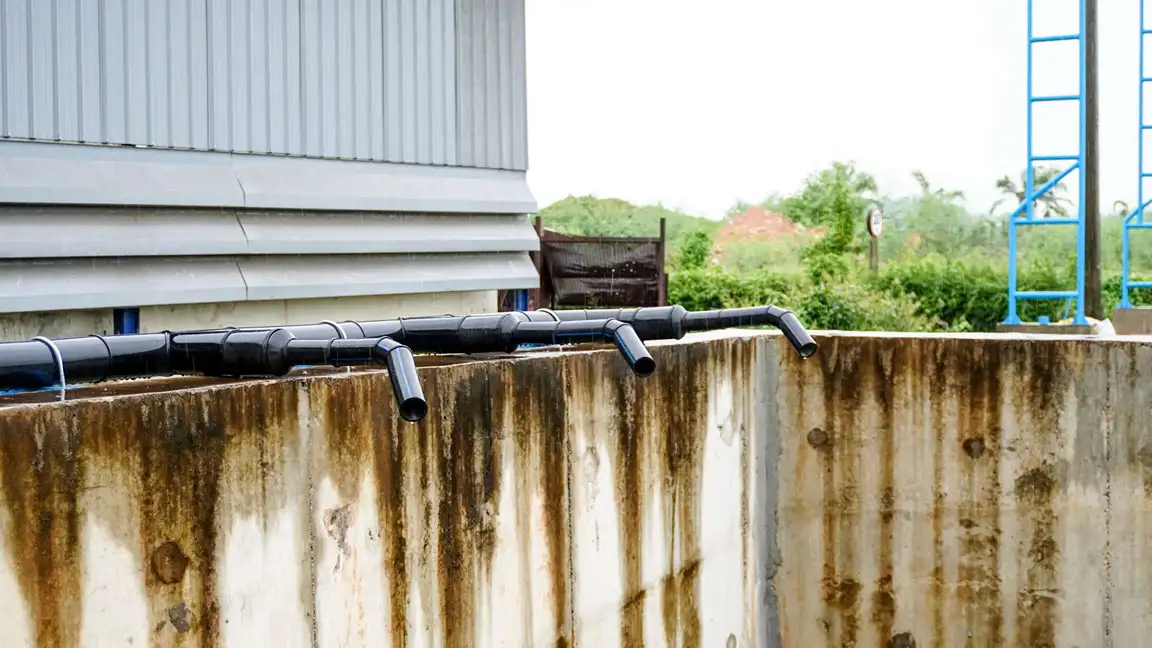
Examples of Regulatory Requirements
- Drinking water pipes must comply with potable water safety standards, including leach testing to ensure no harmful chemicals seep into the water supply.
- HDPE gas pipelines require rigorous quality checks, such as X-ray inspections and high-pressure testing, to ensure performance under extreme conditions.
- Irrigation and infrastructure projects backed by government funding often mandate ISI, ISO, or BIS certifications as a condition for approval.
These certifications verify that the pipes meet national and international standards, making them eligible for use in regulated projects. Although they raise the cost of HDPE pipe, they offer added assurance of safety, durability, and compliance, reducing the risk of system failures and liability in the long run.
Moreover, certified HDPE pipes are more readily accepted in public tenders and cross-border contracts, adding value and credibility despite the higher HDPE pipe prices. For mission-critical projects, the slight premium paid for certified pipes is often a wise investment in performance and peace of mind.
8. Regional Pricing Differences
Geographic differences in raw materials, labor, logistics, and taxes significantly impact both the cost of HDPE pipes and the variability of HDPE pipe prices across markets.
Domestic vs Imported Pipes
- Locally produced HDPE pipes are cheaper to transport and can be delivered faster, reducing overall project costs.
- Imported pipes, while often better in quality, can come with longer lead times and duties that increase HDPE pipe prices.
Taxation and Utility Costs
Regions with higher electricity tariffs or water shortages may have costlier manufacturing processes, translating into a higher cost of HDPE pipes. Government subsidies or tax rebates, when available, can help offset HDPE pipe prices in those regions.
9. Cost-Saving Tips for Buyers
Understanding what drives the cost of HDPE pipes allows for strategic planning and procurement to manage HDPE pipe prices effectively.
Smart Buying Strategies
- Bulk orders typically come with significant discounts, reducing per-meter HDPE pipe prices.
- Establishing long-term supplier relationships can lock in pricing and ensure priority during high-demand seasons.
- Local sourcing minimizes freight and customs charges, reducing the overall cost of HDPE pipe delivery.
Avoid Overspecification
Ensure that the pipe grade, SDR rating, and length align with your actual project needs. Overspecifying increases the cost of HDPE pipes unnecessarily and inflates HDPE pipe prices with no additional value.
Conclusion
Whether you’re managing a municipal water infrastructure project, setting up irrigation for agriculture, or installing pipelines in an industrial setting, understanding the cost of HDPE pipes is essential for aligning your technical requirements with your financial plan. A wide range of variables influences pricing, including resin grade, pipe dimensions, installation needs, manufacturing standards, logistics, and compliance certifications.
Each of these elements plays a vital role in shaping the final cost and performance of the product. By evaluating these factors holistically, you can make smarter procurement choices that reduce risk, ensure regulatory compliance, and deliver reliable system performance over time.
While opting for higher-quality materials or certified pipes may raise the initial cost of HDPE pipe, the long-term savings from fewer maintenance issues, reduced downtime, and increased durability often outweigh the upfront investment. Strategic planning and clear knowledge of pricing drivers can help you control costs without compromising on quality or safety.
Ultimately, a well-informed approach to purchasing HDPE pipes ensures that your project stays on track, technically and financially, while delivering sustainable value for years to come.

